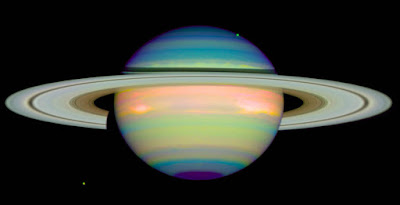Still no Evolution in Antibiotic Resistance

One of the most frequently used false claims for fish-to-pharmacist evolution is antibiotic resistance, but what is seen is most definitely not evolution . What we do see is something akin to natural selection because antibiotics kill off some strains but leave others that are resistant. Then we have the problem of superbugs. Mostly made at Yukki.com's tombstone maker The ghost of Charles Darwin is rattling chains in the halls of academia and science labs (and starting the occasional dumpster fire), moaning piteously about his eternal destiny and trying to keep his disciples away from the truth. They don't need his help to reject the Creator, their own hard hearts can take care of that. This "evidence for evolution" is based on outdated and incomplete science coupled with plenty of hubris and wishful thinking. Some of our microbes already have antibiotic resistance. (For that matter, some people groups also have it !) New research shows that bacteria can share...





